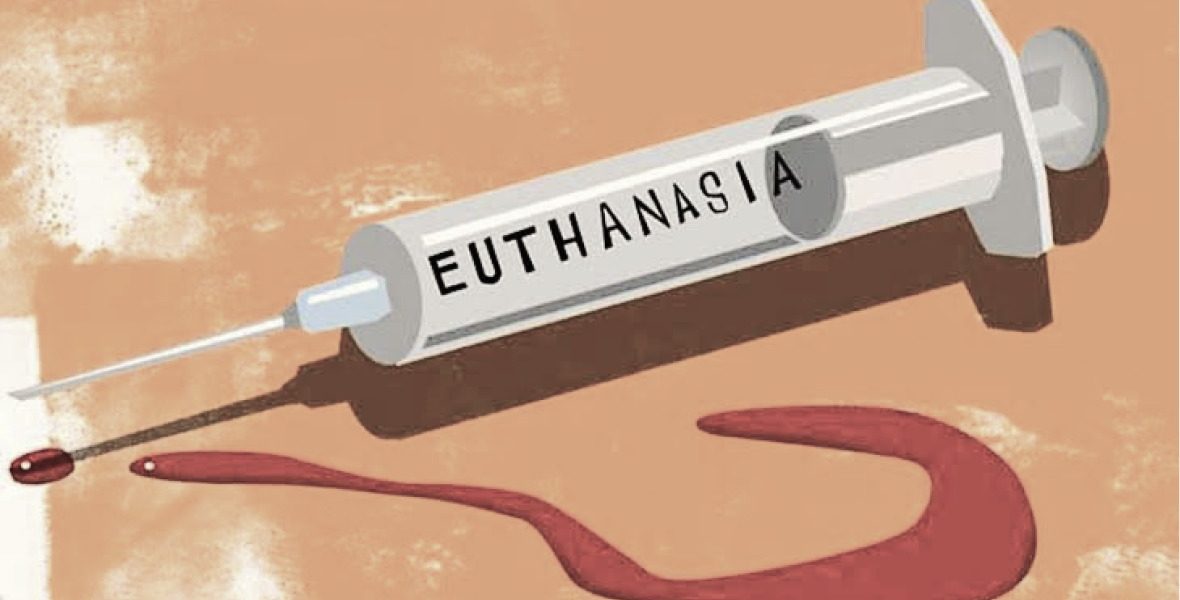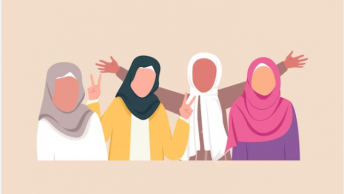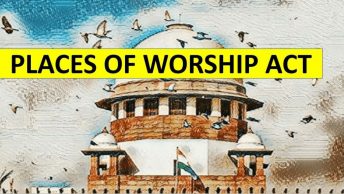Case background and most recent developments
The right to a dignified death was deemed a basic right on March 9, 2018, by a five-judge Bench of the Supreme Court of India, after extensively considering issues related to euthanasia and advance directives. Advance Directives, are documents written while competent, that detail end-of-life instructions; to be used when the patient is no longer capable of expressing their own volition. More recently, on January 24, 2023, a final order modifying Advance Directive guidelines was passed by a five-judge Apex Court panel of different composition, tying up loose ends from the previous order and making the entire process more accessible.
The journey of Common Cause, the NGO that initiated the litigation that led to this historic 2018 ruling on the right to a dignified death, began in 2002 when it wrote to the Ministries of Law & Justice, Health & Family Welfare, and Company Affairs requesting an open dialogue on the subject, putting the first foot through the metaphorical door that is the discourse on death ethics in India.
The primary assertion of the writ petition was that a terminally ill individual must be allowed to make an informed end-of-life with their own agency, arguing that the prolongation of a natural life via artificial means did more harm than good. The contentions put forth stated that the right to bodily autonomy, privacy and consequently, a dignified death all fall under the ambit of Article 21 of the Indian Constitution.
Issues
In the 2018 judgement, the heart of the matter, as said by the Bench, lies in “whether the law permits for accelerating the process of dying sans suffering when life is on the path of inevitable decay and if so, at what stage and to what extent”. The four sub-issues that have been identified with respect to this case are:
- Whether the right to die with dignity is included in the constitutional right to life and liberty.
- Whether euthanasia can only be legalized through legislation.
- How the difference between active and passive euthanasia affects the judicial decision.
- Whether people provide advanced medical Directives in case they lose the ability to communicate later?
The judgment falls short in addressing the second sub-issue, but it provides enough information on the remaining three, which will be further discussed in the structure of the main 2018 judgment.
Analysis of the structure of the 2018 majority-opinion judgment
Prologue
The judgment carefully defines technical terminology such as Passive and Active Euthanasia, Voluntary, Involuntary, and Non-voluntary Euthanasia, and distinguishes between euthanasia and murder. The precision of technical terminology is essential in this case, as the decision legalizes only passive euthanasia.
Right to Refuse Treatment
The primary argument put forth here is that individual free choice and self-determination are fundamental constituents of life. From this, the court has found that one has the right to refuse treatment.
Passive Euthanasia in the Context of Article 21 of the Constitution
This section argues that the law should be dynamic and reflect society’s changing needs, and found dignity subsumed by the right to life and liberty under Article 21. Significantly, this part of the judgment incorporates elements from both the Realist and Positivist schools of legal thought. Arguing further that dignity can neither be taken away nor can it be given, a call to some sort of Natural or Higher law is made.
Right to Self-Determination
The Bench claims a right to non-interference from others that cannot be separated from our inherent bodily autonomy, citing John Rawls and UK judges like Lord Goff and Lord Hoffman. Two questions immediately come to mind:
- Do our rights exist in a vacuum?
- Where then does one draw the line, that is to say, could the same argument not be used in support of Active Euthanasia, and for that matter, suicide?
The court’s argument prioritizes individual autonomy but overlooks the essential connection between autonomy and competence. Additionally, it disregards the impact of cultural, mental, and societal factors on a patient’s desires for assisted death. As a result, the judgment’s applicability is restricted, and it neglects to address concerns surrounding active euthanasia and suicide.
Social Morality, Medical Ethicality and State Interest
This section of the judgement addresses social, moral and ethical concerns including whether the Hippocratic Oath is violated (morally as well as legally, resulting in criminal culpability) with the practice of Euthanasia, and apprehensions that families might have due to social stigma.
The Bench’s solution to these is to legalize passive euthanasia. However, one may ask whether the court is conflating what is and what ought to be. Can social perception change that drastically with just the legalization?
Further, the Court’s reasoning that the protection of dignity is paramount does not consider the viewpoint that suffering can have a quiet dignity and be a testament to faith or karma, as is the religious view of many. In Christianity and Islam, the endurance of this suffering is seen as a testament to one’s faith, whereas in Hinduism, it is the unfolding of one’s own Karma. This raises the question of whether the court’s argument would still hold if suffering and dignity are not mutually exclusive.
Submissions of State and Intervenor
It was upheld in this section that death with dignity being a facet of Article 21 should not be invalidated on the basis of there being a possibility of abuse.
Also upheld was the notion that state interest may not take precedence over the individual’s interest. Critical Legal Studies holds that the law is inherently linked to society. Given the current focus on potential majoritarian rule, this ruling is crucial, as it recognizes Euthanasia as an assertion of individual morality over state power.
Bharati Challa is a second-year student at NALSAR University of Law, Hyderabad.








Please share regular updates
Son zamanlarda deneme bonusu veren siteleri araştırırken bu yazıya denk geldim, gerçekten oldukça faydalı bilgiler içeriyor. Özellikle bahis oynamaya yeni başlayan biri olarak, ilk etapta yatırım yapmadan güvenilir bahis siteleri üzerinden deneme bonusu almak büyük avantaj sağlıyor. Listelenen sitelerin çoğunu denedim ve sorunsuz ödeme yapanları bulmak gerçekten önemli. Böyle içeriklerin devamını bekliyorum, hem zaman kazandırıyor hem de dolandırıcı sitelerden uzak durmamı sağlıyor.